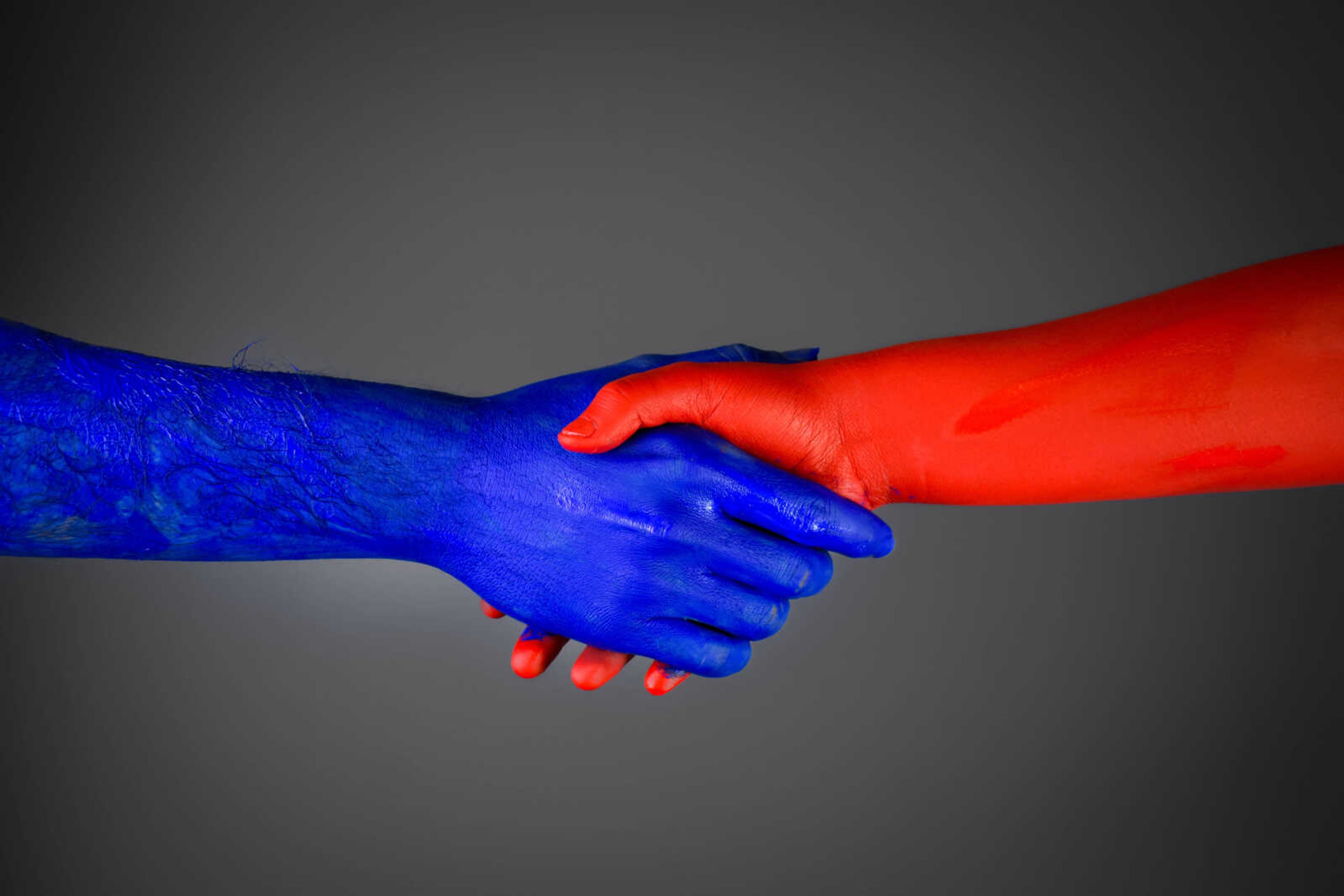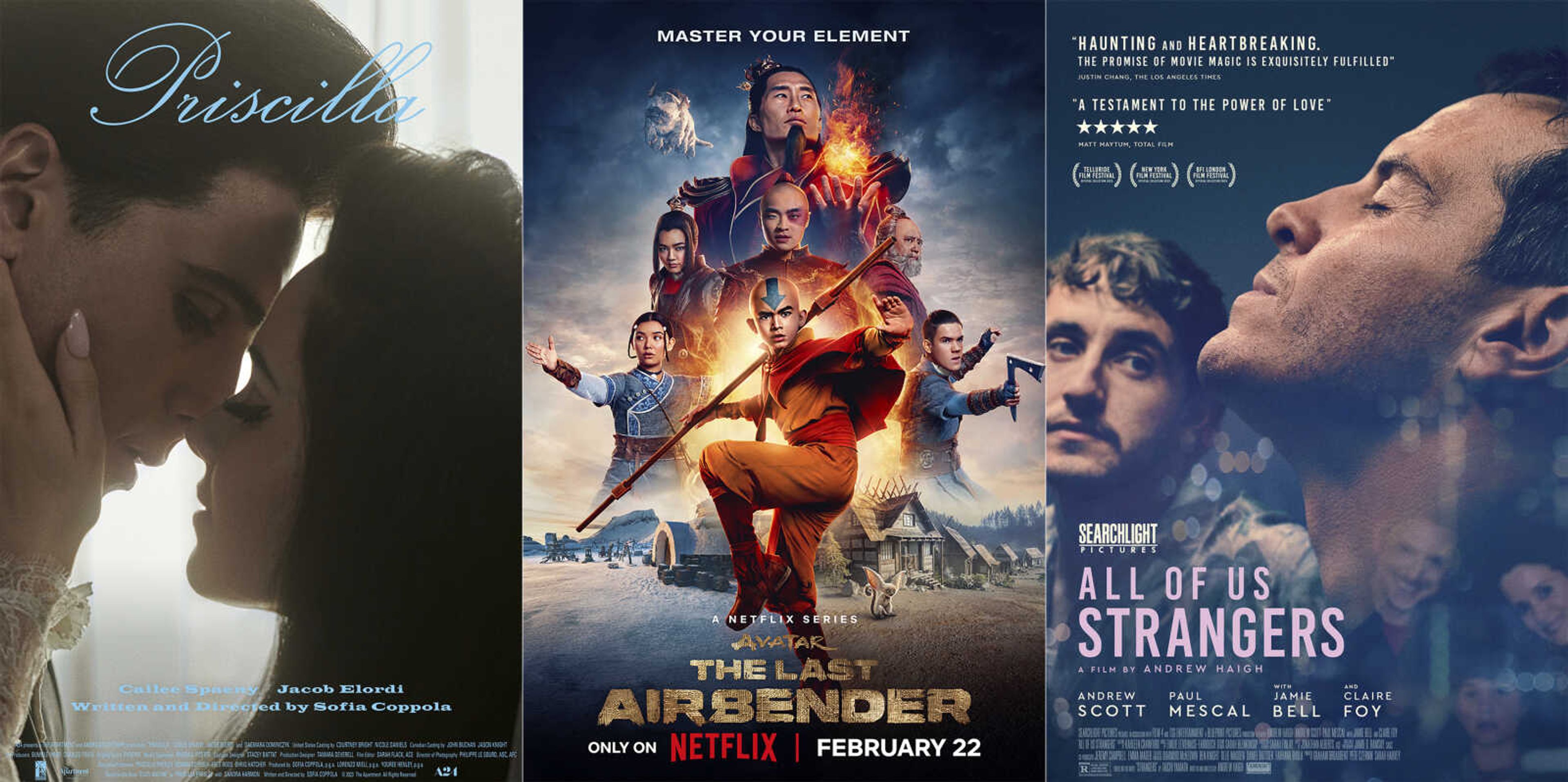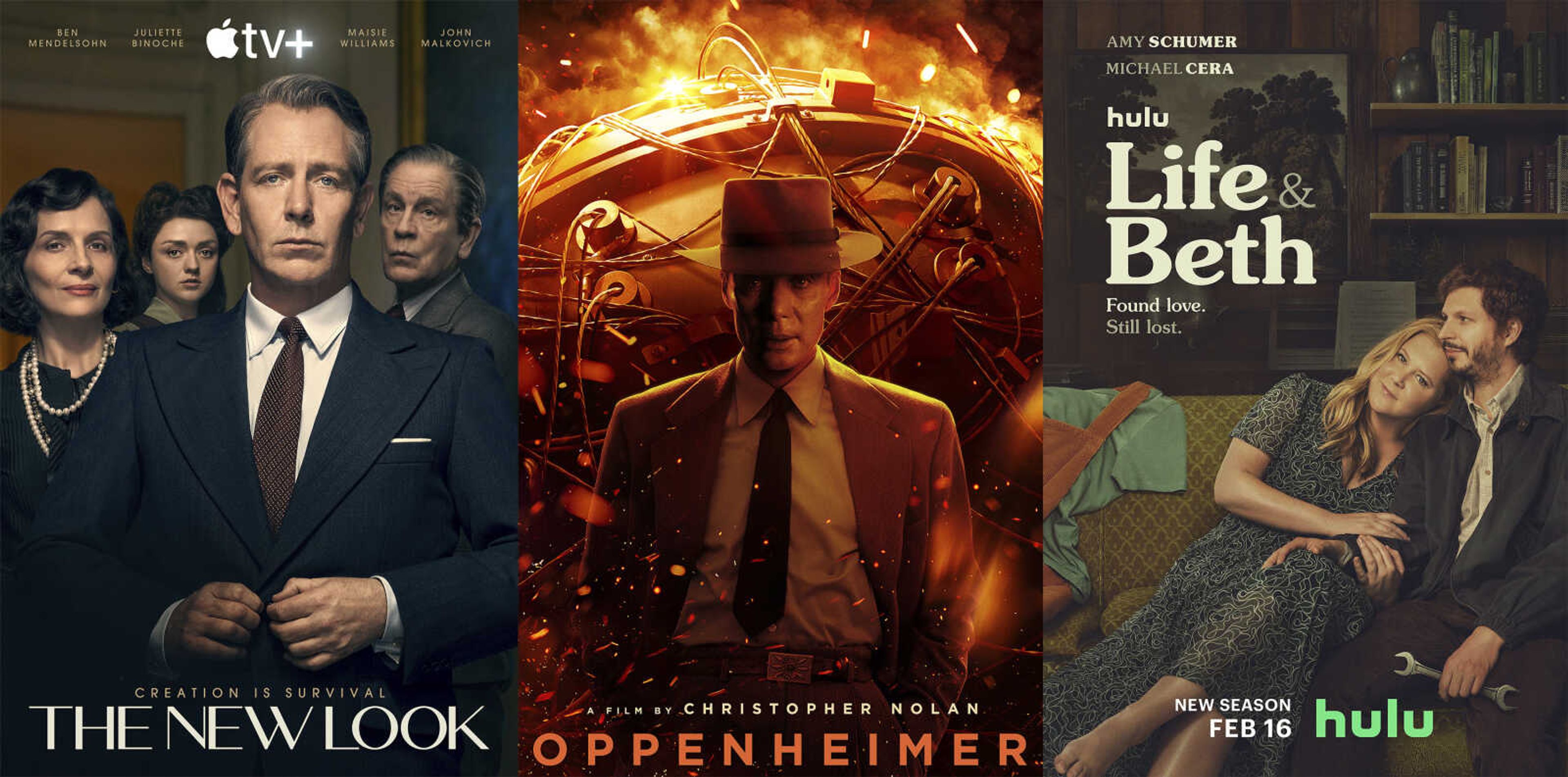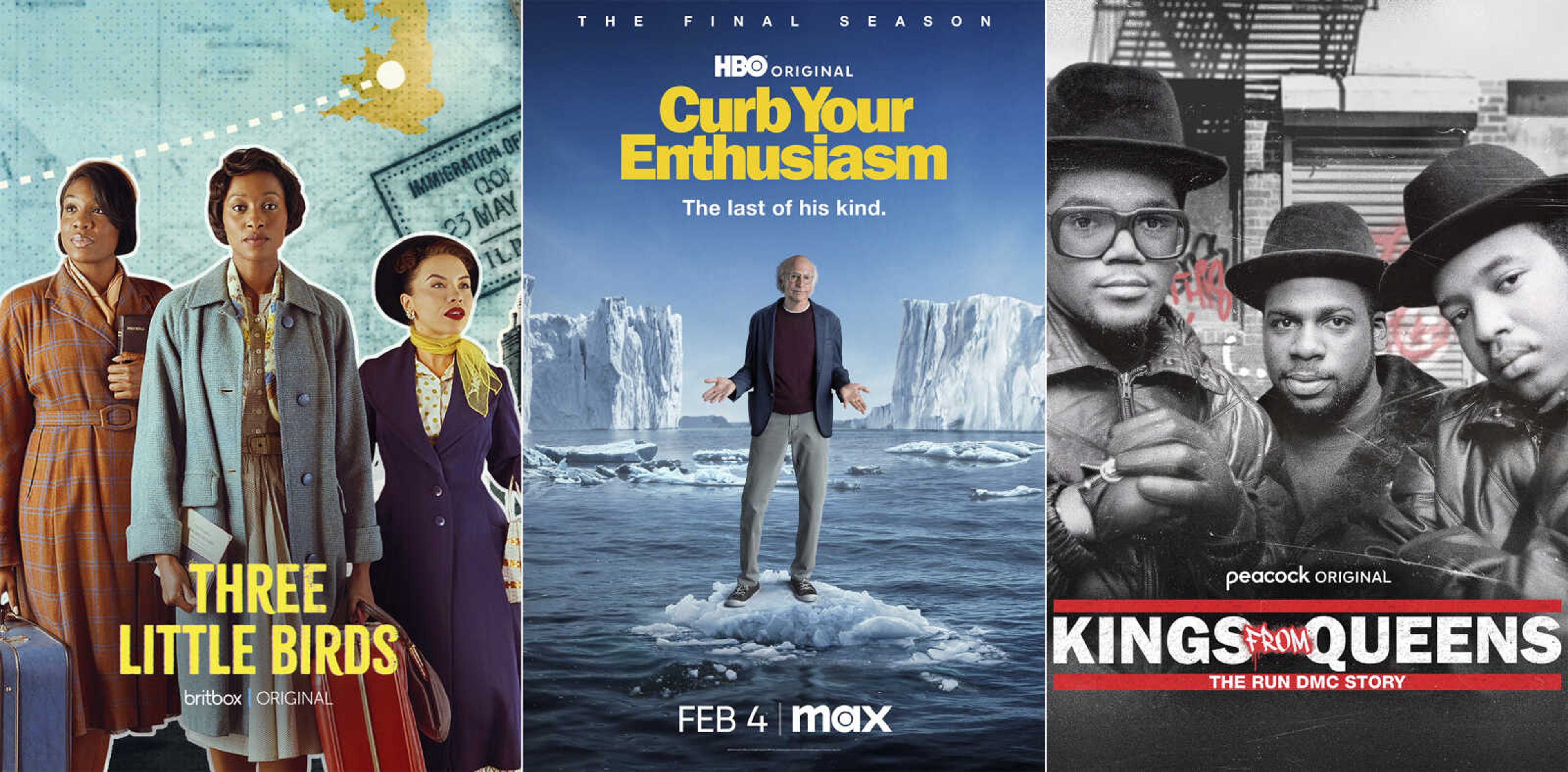CNN rents Nasdaq headquarters for election coverage
People who tune into CNN on Election Night will face a blizzard of numbers. Renting the Nasdaq headquarters for its coverage, CNN will put Wolf Blitzer before 72 TV screens able to display vote counts from all 50 states simultaneously, blinking with changes like telethon tote boards...
People who tune into CNN on Election Night will face a blizzard of numbers.
Renting the Nasdaq headquarters for its coverage, CNN will put Wolf Blitzer before 72 TV screens able to display vote counts from all 50 states simultaneously, blinking with changes like telethon tote boards.
The visually arresting scene represents CNN's latest attempt to break out of a long-term slump, where it not only distantly trails Fox News Channel in the ratings but has arguably seen its audience defined by its rival: Republicans watch Fox, Democrats watch CNN.
Then there was the indignity of a comedian -- Jon Stewart -- coming on CNN to scold the network about its programming.
CNN expects viewers to channel surf through more than a half-dozen networks covering the election Tuesday night. If the Nasdaq television wall stops them momentarily, that's great.
"Technically, it just looks incredible," said Princell Hair, executive vice president and general manager of CNN/US.
The screens can be also changed to offer other data, like exit poll results or Senate races, and burst into a patchwork of red and blue when a state is called for Bush or Kerry.
"We've learned the hard way how precious every vote is, how every vote counts," said David Bohrman, CNN's Washington bureau chief. "I think it will be reassuring to see all of those votes up there."
CNN has tried a handful of new wrinkles this election season, moving its anchor teams from skyboxes to convention floors and trying to send its personalities on more road trips.
Its biggest triumph was beating Fox and MSNBC in the ratings during the Democratic convention. Yet that was also a symptom of what might be a problem for CNN -- the growing partisan divide among news audiences.
Despite deep-seated conservative suspicion of CNN founder Ted Turner and the derisive "Clinton News Network" nickname during the 1990s, CNN's audience as recently as the 2000 election was fairly evenly split ideologically, according to the Pew Research Center for the People & the Press.
During a survey taken this month, Pew found that Fox News Channel viewers, by 70 to 26 percent, favored President Bush in the election.
Yet the same survey found that CNN viewers favored Kerry by 67 to 21 percent.
Even though CNN says it hasn't actively courted a partisan audience, the poll says that's what it has.
"The question is: Is it a matter of liberals flocking to CNN or conservatives deserting CNN for Fox?" said Andrew Kohut, director of the Pew Center. "Given that CNN is losing audience and Fox is gaining audience, it might be the latter."
What makes that development dangerous is the tendency in media to deliver to an audience more of what you think they want, said Tom Rosenstiel, director of the Project for Excellence in Journalism.
Not only does Bohrman say he's not going to be influenced by those poll numbers, he doesn't really believe them.
"If you get defined by somebody else, that's never a good thing, I suppose," he said. "But I don't know that I see that as a problem. I don't know that I see those facts as real, that we are speaking to a Democratic audience. I think we're speaking to Middle America."
After Fox overtook CNN in the ratings in 2001, it led to a floundering period of visual soul-searching. That's not really the case anymore -- critics like Rosenstiel say CNN is more consistent -- but it still doesn't seem to be helping much.
All of the news networks are down from 2003, when the start of the Iraq war inflated ratings. The gap between Fox and CNN has widened since 2002, when Fox averaged 1,399,000 viewers in prime time to CNN's 977,000. This year Fox is averaging 1,916,000 to CNN's 967,000, according to Nielsen Media Research.
CNN no longer drives the agenda in cable news, said Charles Bierbauer, a veteran CNN correspondent and now dean of the University of South Carolina journalism school.
What does?
Try Fox's in-your-face attitude, its opinionated prime-time shows and more modern graphic look. CNN looks more like a traditional broadcast news operation, Rosenstiel said.
"More of the press coverage is moving toward a pundit model, which makes it difficult for somebody like CNN," he said. "The old style comes off as stodgy."
Hair wouldn't comment on published reports that CNN is considering a shakeup that would involve moving financial anchor Lou Dobbs to prime time. Hours anchored by Anderson Cooper and Paula Zahn need more time to get traction, he said.
"I don't think we're boxed in," Hair said. "Our brand is a very strong brand and it allows us to go to many different places."
Connect with the Southeast Missourian Newsroom:
For corrections to this story or other insights for the editor, click here. To submit a letter to the editor, click here. To learn about the Southeast Missourian’s AI Policy, click here.









